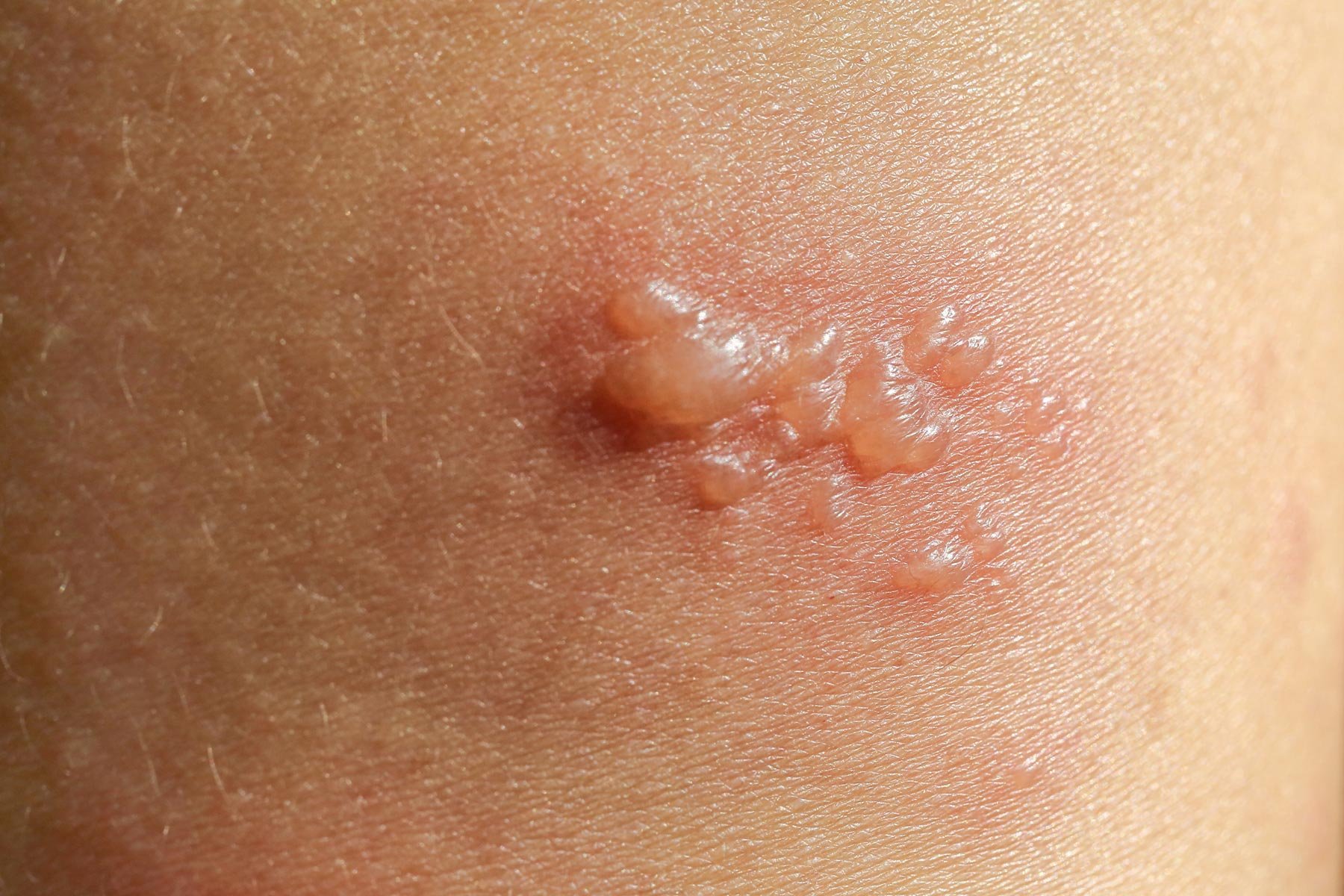
Bullous Pemphigoid
Bullous pemphigoid is a rare autoimmune disorder that causes the formation of large, fluid-filled blisters on the skin. The blisters, known as bullae, usually develop on the arms, legs, and torso, but can also occur on the mucous membranes, such as the mouth and eyes. Bullous pemphigoid is most common in people over the age of 60, and is more prevalent in women than in men.
The exact cause of bullous pemphigoid is unknown, but it is believed to be triggered by an immune system malfunction. In people with bullous pemphigoid, the immune system mistakenly attacks the proteins in the skin, causing the formation of the characteristic blisters.
Symptoms of bullous pemphigoid include the development of large, fluid-filled blisters on the skin, which may be itchy and painful. The blisters may also rupture, leaving behind raw, open wounds. In severe cases, bullous pemphigoid can cause fever, weakness, and malnutrition due to the inability to eat and drink properly.
Bullous pemphigoid is diagnosed through a physical examination, and may also be confirmed through a skin biopsy or blood test. Treatment of bullous pemphigoid typically involves the use of corticosteroids, either in the form of pills or creams, to suppress the immune system and reduce the formation of new blisters. In severe cases, immunosuppressant drugs may be necessary to control the condition.
Bullous pemphigoid can be a chronic condition, and may require long-term treatment to control. It is important to follow the treatment plan prescribed by a healthcare provider, and to report any new symptoms or changes in the condition to the healthcare provider.
In conclusion, bullous pemphigoid is a rare autoimmune disorder that causes the formation of large, fluid-filled blisters on the skin. It is most common in people over the age of 60, and is triggered by an immune system malfunction. Bullous pemphigoid is treated with corticosteroids and immunosuppressant drugs, and may be a chronic condition requiring long-term treatment.

